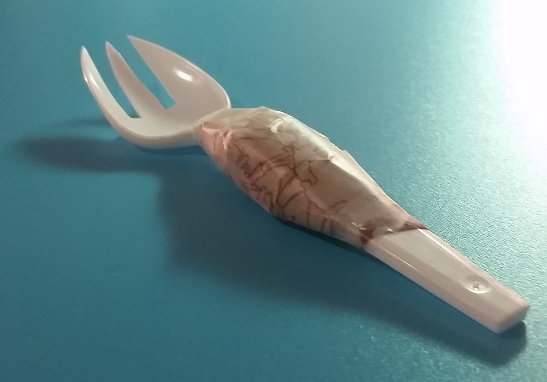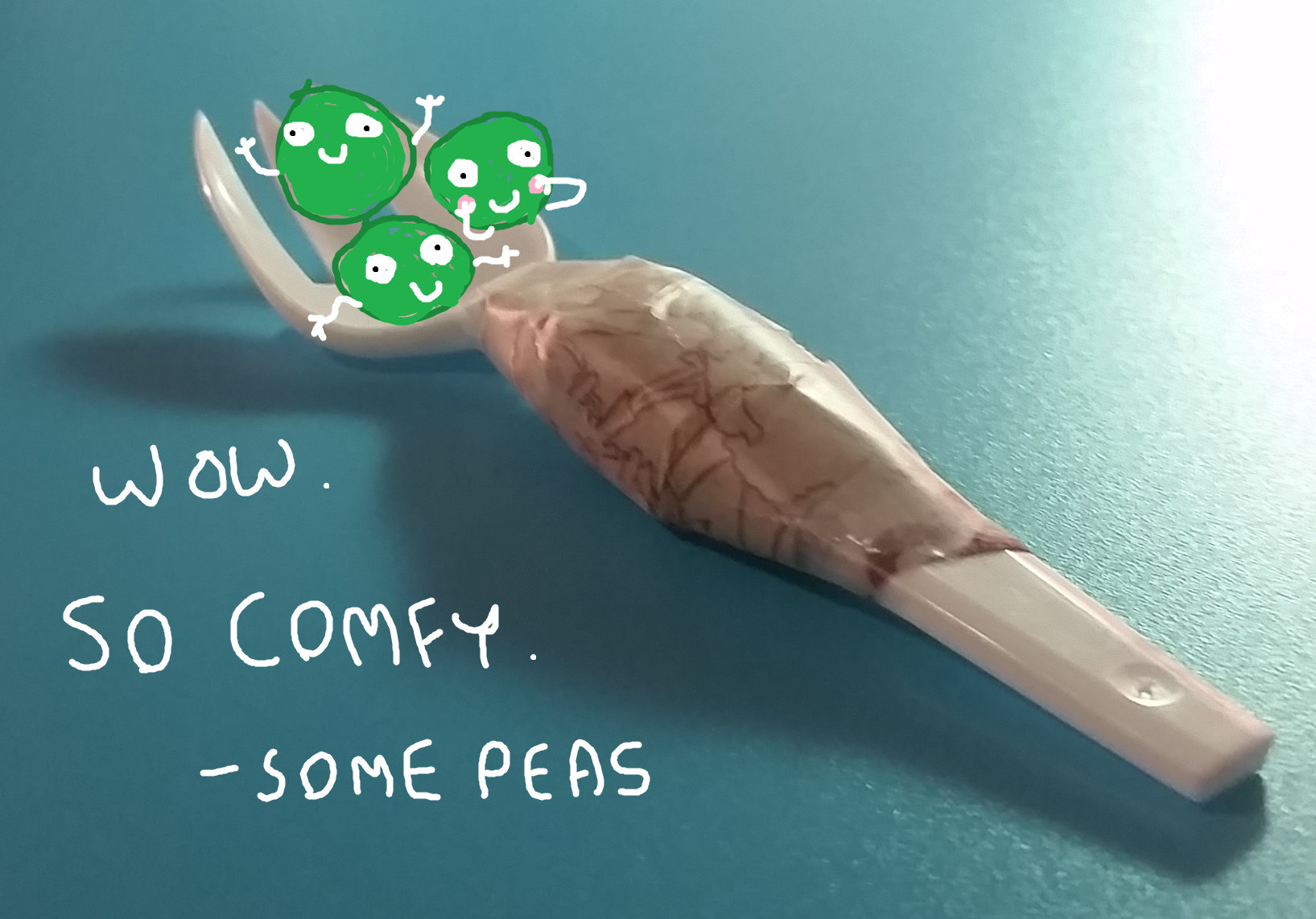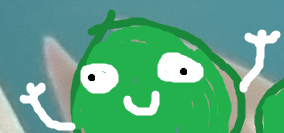Calculating a Quantitative Snapshot of Fall Semester by Krystal L. '17
Skip to the end for a picture of peas
Inspired by Spotify’s year in review (with which I discovered I apparently like listening to Stomp Pop and Brostep?), I’ve compiled some interesting(?) and noteworthy(??) statistics from my fall semester in a – perhaps misguided – attempt to sum it all up in a quantitative manner.
Time spent asleep:
40,052 minutes
667.53 hours
27.81 days
That’s basically a whole February. I spent an entire February of this last fall semester asleep. I tracked my sleep patterns from the first day of the semester all the way until the end, recording the exact time that I closed my eyes to go to sleep and the moment that I woke up. There’s probably an app for that, but I just wrote it down in the memo pad on my phone and then manually typed all of the data points into excel while I was waiting for my plane back to California.
Average amount of sleep per night:
7 hours and 1 minute
This number is a lot higher than I thought it would be, which is a good thing. Sleep is important. Life goal for next semester: bump this average up to 8 hours. Empirical evidence suggests that I need 8-9 hours of sleep for maximum function, though further research must be conducted to corroborate this hypothesis.
Time spent not asleep:
96,748 minutes
1612.47 hours
67.19 days
My earliest class was 11am on Mondays, but Tuesdays, Thursdays, and Fridays I didn’t have class until 1pm. (See below for further details). Here is a brief list of things that occupied my waking hours: homework, attending actual class, UROPing, tennis, eating, walking to places (admittedly minimal though because Maseeh is the king of convenience), reading, volunteering at MGH, trying to not fall asleep, EMS, club meetings, staring blankly at my computer screen, and many more things!
Also, as a note, the values calculated here were based off of the fact that there were 95 consecutive days in the semester (including weekends and holidays) from the first day of classes (September 9) until my last day on campus (December 13).
Hours of class on Wednesdays
0
Yeah, you read that right. No class on Wednesday. I have been dreaming about a schedule like this since I understood what a Wednesday was. Two days of work, followed by a break, followed by two more days of work, followed by a two day break. It’s a perfectly spaced cycle of breaks.
(credits) Classes taken:
(12) 21W.790 Short Attention Span Documentary
(3) ESD.054 Engineering Leadership
(6) ESD.051/2.723 Engineering, Innovation, and Design
(3) ESD.05 Engineering Leadership Lab
(12) 20.102 Stem Cells in Organogenesis, Carcinogenesis, and Atherogenesis
No psets. No midterms. That’s not to say that I had no work. Each of the three videos for my documentary class required hours and hours of work the week that they were due: arranging interviews, getting good footage, and editing all of the clips together. Engineering leadership had weekly readings and reading responses regarding the many different capabilities of effective engineering leaders. Engineering, Innovation, and Design not only had weekly assignments (one of my favorites being Design a Fork*), but we also had a final group project that involved the creation of an automated phone system from scratch as well as a final professionally bound deliverable detailing design considerations and other aspects of our product. Finally, there were multiple research papers to be read each week for 20.102 as well as a final 45 minute group presentation on myeloid leukemia and a 30 page paper.
Classes dropped:
7.06 Cell Biology
20.320 Analysis of Biomolecular and Cellular Systems
21G.501 Japanese 1
Long story short, I was taking the equivalent of 6 classes at the start of the semester (a total of 72 units) and ended up with only 36 units. There were a lot of different reasons for why my original plan didn’t pan out, but ultimately, keeping my stress levels down at an appropriate level was priority number 1. Drop date wasn’t until November 18th, so I had plenty of time to evaluate my course load for the semester. The process for dropping is rather straight forward in that you submit an online drop request to your advisor, your advisor approves it on their end, and then you submit the final changes to the registrar. It isn’t an easy decision to drop a class, especially half way into the semester, considering the amount of work that you have already put in. But there is nothing wrong with dropping a class. Or two. Or three. It is important to check your graduation requirements though before dropping, because some classes can only be taken in either the fall or spring semester and if you don’t take them in sequence, it can throw your course roadmap out of whack.
Total number of credits:
36
The minimum number of units for a full-time student is 36. I’ve been following the lead of my fellow course 20 friends for the last few semesters, taking what they were taking and trusting that somehow in the future, I would eventually graduate. This semester I sat myself down and read the graduation requirements for course 20 myself. I came to the glorious conclusion that for the next three semesters, I would only have to take 3-4 classes to graduate in the spring of 2017.
Hours spent UROPing:
74
I wish I could have spent more time in lab, but up until drop date, I felt extremely busy and overwhelmed. The amount of time put in varies from semester to semester and depending on what project you are working on and the timeline of your direct supervisor, the hours are flexible. The researchers here are people too, and they recognize that student life can be hectic and draining and are thankfully happy to help work around whatever crazy schedule you might have at the time. I’ve been working in the Griffith Lab (tissue engineering) since last spring, attempting to tackle the vascularization of intestinal spheroids. What are spheroids though? Well, they are essentially in vitro models of the intestine grown from stem cells that are cultured in wells with a variety of growth factors. The spheroids, however, lack blood vessels (vasculature) which would not only help them survive longer by providing an avenue for nutrient and waste exchange, but would also more closely mimic the in vivo system. We are currently trying different methods for co-culturing multiple different cell types in macrofluidic devices to achieve this, so I’m excited to continue our experiments in the spring!
Number of consecutive hours spent on finishing my final video project:
9 hours (10pm-7am)
So I may have waited until the last day for the bulk of the editing, but in my defense, I had all of the footage shot and the Japanese interview translated days and weeks in advance. The project was so much fun though, that I hardly noticed the time passing (though the slight tremor in my arms due to sleep deprivation was probably a good indication). In the end, I was really happy with my 5 minute documentary on Yume Wo Katare, a Japanese ramen restaurant in Porter Square where customers are asked to stand up and share their dreams with the rest of the patrons. For the last day of class we had pizza and enjoyed watching the fruits of everyone’s labor.
Number of finals:
0
Can we take a moment here to fully appreciate this beautiful number? Last fall semester, I had four back to back finals (one on Monday, two on Tuesday, and one on Wednesday) in addition to my final paper for my HASS. This year, I hopped on a plane and flew back home the Sunday before finals even began, waving back giddily to the palm trees that greeted my descent.
*This is the beauteous fork that I made for EID.

The assignment was to innovate on the current design of a fork. Before you say that this is simply a spork, I’d like to politely stop you and interject that it is in fact a “fork with spoon-like qualities”. While a spork fails to be both a fork (the tines are too short) or a spoon (there are holes where the tines are), my awesome fork is a fork with long tines that happens to be curved like a spoon so that you can both stab things AND scoop things (like peas or loose corn). Clearly a better design. It also has an ergonomic cushy grip made out of a super comfortable Boloco napkin and clear scotch tape.
Testimonial:

i am a pea.

wow. so comfy.